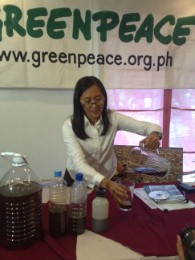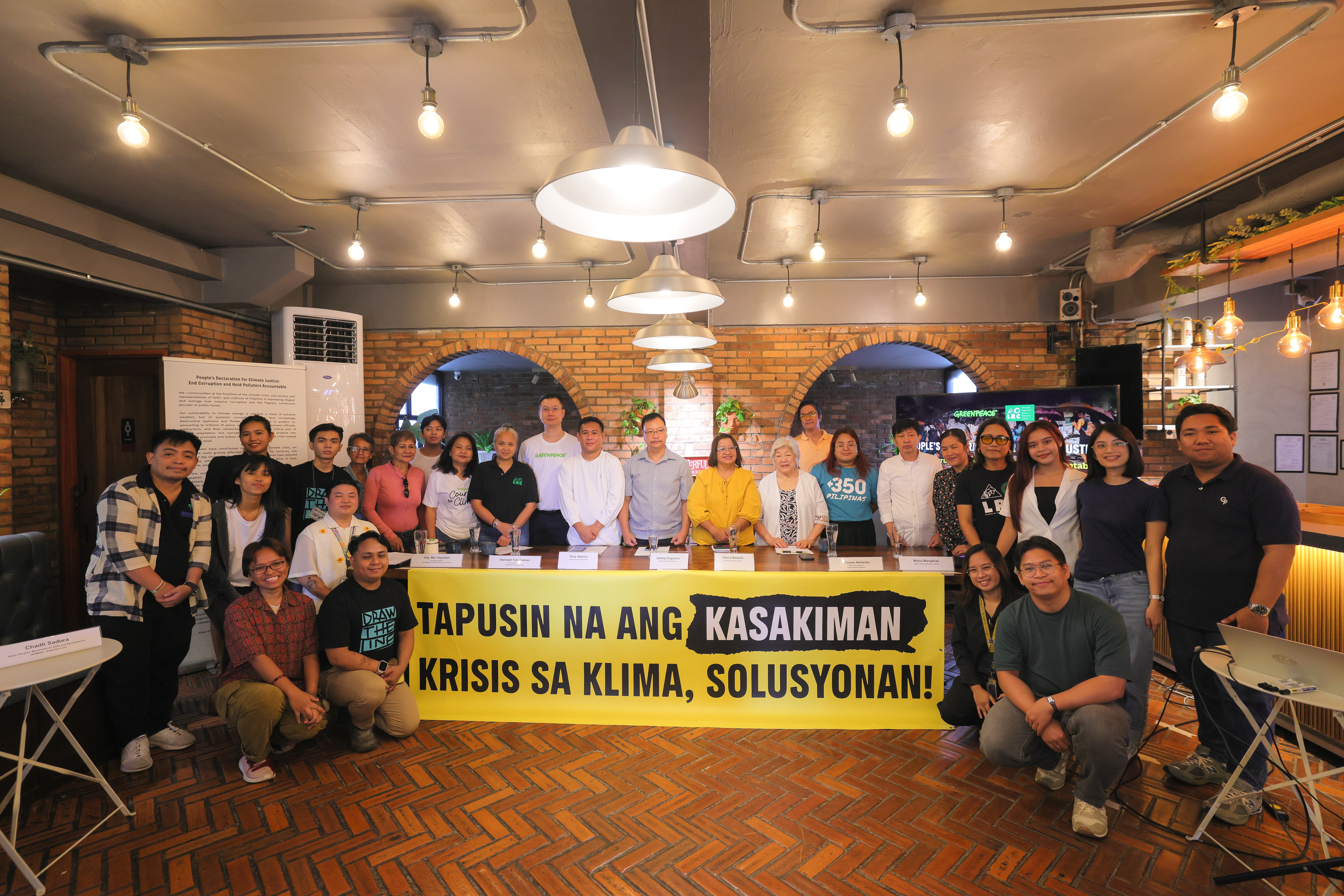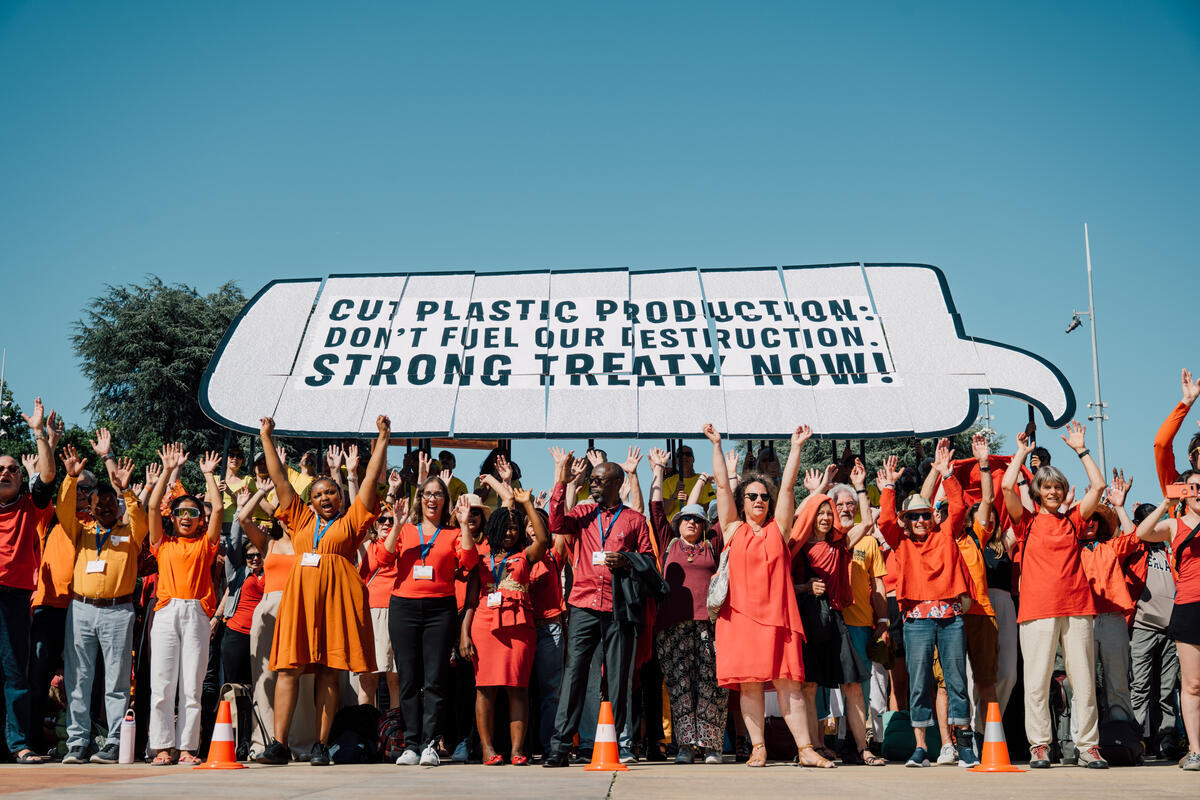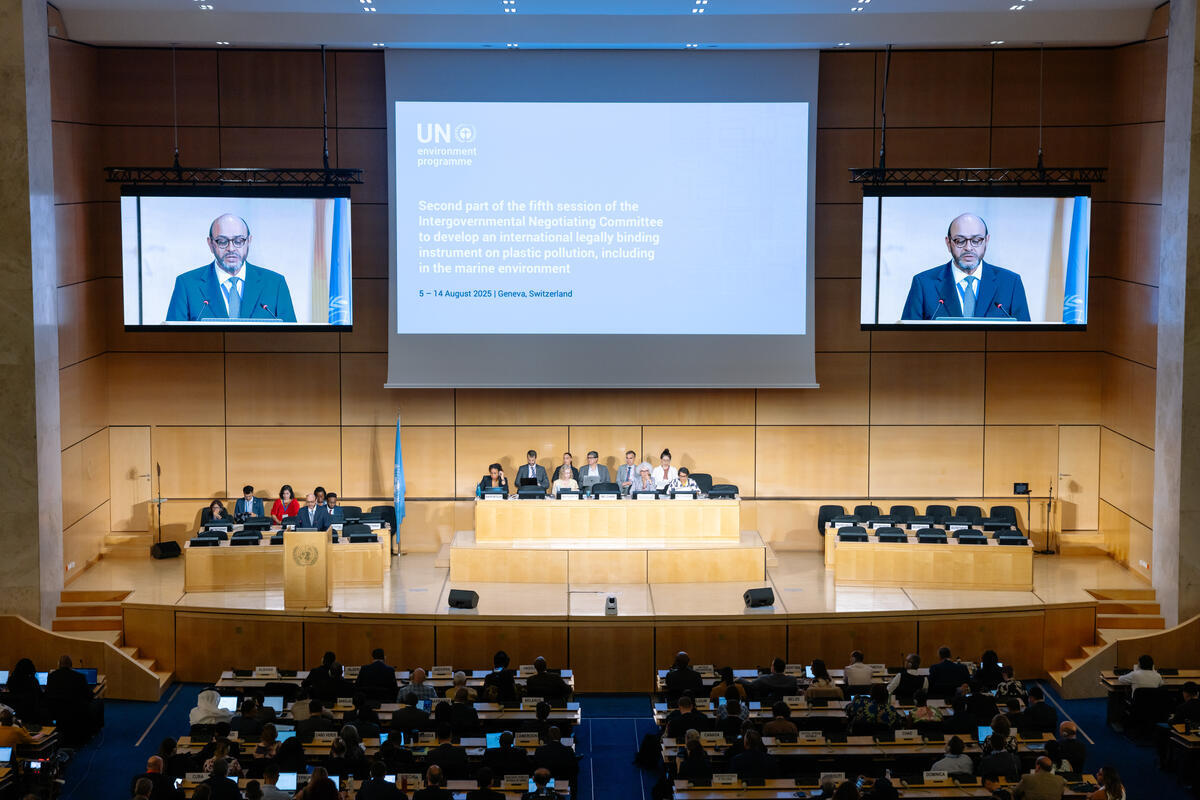Says water laws insufficient to assure clean water availability and access
The launch coincided with the release of the report “The state
of water in the Philippines,” a comprehensive survey of available
information regarding water resources in the Philippines, focusing
on the issues of pollution, especially of drinking water and
freshwater sources, and water scarcity. It also reviews the
country’s existing legal and policy frameworks for water use,
quality control, and management.
Based on the said research, Greenpeace cited that:
1. the quality of fresh water sources is steadily declining
while the costs of obtaining clean water is rising;
2. although many laws have been enacted to protect water,
such as the Clean Water Act, these are among the most blatantly
abused environmental laws because of poor enforcement; and
3. although government agencies monitor water quality, the
parameters are severely limited and do not include many toxic
substances from new technologies, including some of the most
harmful compounds known to humans, such as persistent organic
pollutants or POPs; and
4. declining water quality is compounded by the problem of
water scarcity which is now a very palpable threat, making access
to clean water more and more difficult.
“Water is a renewable resource but it is not an inexhaustible
resource. What our research presents is just a bird’s eye view of
bigger problems to come if we don’t take serious steps to protect
our fresh water sources,” said project lead Greenpeace Southeast
Asia Toxics campaigner Beau Baconguis.
The Philippines has an abundance of fresh water resources but
ranks second lowest among Southeast Asian countries with fresh
water availability. Experts have also predicted that by year 2025,
water availability deficit would take place in several river basins
such as in Pampanga and Agno, in Pasig-Laguna, in Cagayan Valley,
all other regions in Luzon, in Jalaur and Ilog Hilabangan, and in
the island of Cebu in Visayas(1). Water pollution, climate change,
and inadequate management of water resources are expected to
aggravate the problem of clean water availability and access.
Confronting water pollution, Greenpeace says, is of primary
importance. Despite government laws and initiatives, there has been
no substantial improvement, but rather a continuous decline in the
quality of clean water sources. Early this year, the Department of
Environment and Natural Resources (DENR) acknowledged that as many
as 50 of the 421 rivers in the country can be considered
“biologically dead” due to pollution. And although the government
agency, through its Environmental Monitoring Board (EMB), regularly
monitors pollutants in identified water bodies, they miss out on
the most toxic compounds. A Greenpeace study released last February
monitored Tetracholorethylene (TCE) in groundwater sources near the
Cavite Export Processing Zone at 70 times above the US
environmental limit. The EMB admitted that they have no capacity to
test for the said carcinogenic chemical and do not do so. The same
chemical was also found in groundwater sources in Las Pinas City a
month later as tested by an electronics company.
“Another problem with the existing laws, aside from the fact
that they cannot be enforced, is the fixation on standards. The law
does not put a stop to the presence of toxic chemicals in the
water, but assigns limits, or ‘standards’ about how much of these
chemicals can be tolerated in the water. This leads to a legalized
sort of pollution, because the ‘allowable standards’ for example of
lead or mercury in the water, build up in the environment and can
still end up in our food, or in our water,” said Baconguis.
“Clearly, what is needed is a system that goes beyond standards,
and focuses on prevention–cleaning up production processes on the
front end–rather than contain, disguise, or dilute whatever toxic
effluents end up in our water.”
“Clean water is a right for all. It is time that serious
solutions are enforced,” said Baconguis.
As part of the ‘Project: Clean Water’ launch, Greenpeace is
holding a photo exhibit on fresh water, in Robinson’s Galleria from
10 to 17 October, as well as various activities in the next few
weeks.
[1] Philippine Environment Monitor 2003
Know more!
Know more about the state of water in the Philippines.





